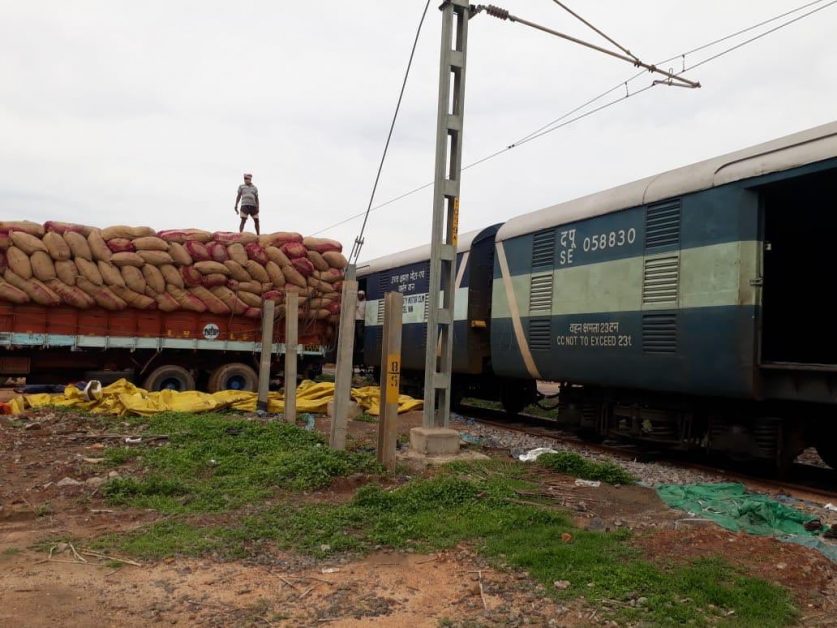July 29, 2020: Indian Railways achieved more freight loading compared with last year despite the challenges amid the Covid-19 pandemic crisis, Railway Board Chairman V.K. Yadav claimed, here on Tuesday.
Addressing the media through video link, Yadav said, “The railways achieved a significant milestone of pulling freight traffic ahead of last year’s level despite Covid-19 related challenges.”
The freight loading on Monday was 3.13 million tonnes, higher than last year for the same date, he said. Of the 1,039 rakes loaded, 76 carried grain, 67 fertilizer, 49 steel, 113 cement, 113 iron ore, 363 coal and the rest other items, he said.
He said Prime Minister Narendra Modi had emphasised upon achievement of long-term and far-reaching goals during the lockdown. “Accordingly, the railways completed nearly 200 infrastructure works in this period. Now the railways has achieved a milestone in freight transportation also,” the Chairman said.
The average speed of freight trains on Monday was 46.16 kmph, which was more than double compared with last year for the same date (22.52 kmph), he said.
In July the average speed of freight trains is 45.03 kmph, which is around double compared with for the same month last year (23.22 kmph). These improvements in freight movements would be institutionalised and incorporated in the upcoming zero-based time table, he added.
These steps would lead to significantly higher freight traffic and earnings for the railways and cost competitive logistics for the entire country.
Yadav said a number of concessions/discounts were being given to make freight movement attractive.
During the lockdown, the railways kept operating the freight and special parcel trains to ensure supply of essential items across the country. It had suspended passenger services from March 25.
The railways has operated 4,615 Shramik special trains and transported over 63 lakh stranded migrant workers to their native places since May 1. It started 15 pairs of special AC trains on May 12 and 100 pairs of time-tabled trains on June 1.
Source: IANS






